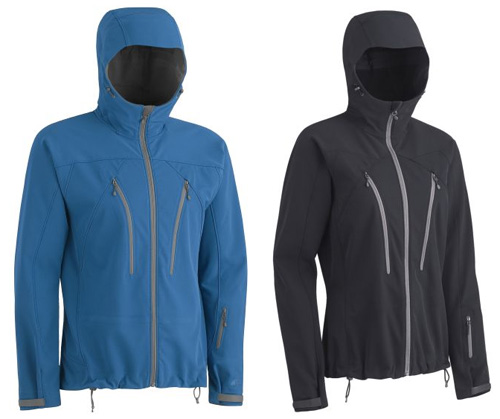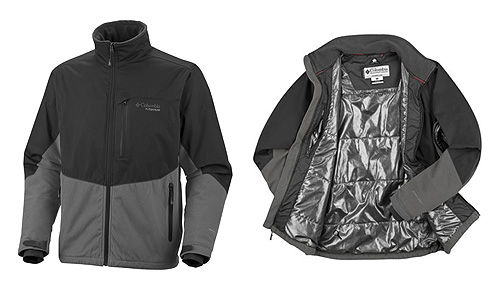In the world of jackets and outerwear for the outdoors, the term “softshell” is fuzzier than ever. What used to imply a stretchy, breathable — and not so weatherproof — hoodless top might now connote something like 66 North’s Vatnajökull Softshell Jacket or The North Face’s Kishtwar, the latter of which just won Outside magazine’s “Gear of the Year.” These jackets, both based on Polartec’s new Power Shield Pro softshell fabric, look and act like hardshells, including alpine-parka cuts, tech hoods, waterproof YKK zippers (Vatnajökull), and thin breathable fabric that holds its own against hardshells from GORE–TEX or eVent.

In my tests last winter with prototypes, both the Kishtwar ($279) and the Vatnajökull ($330) lived up to their hype. They breathed noticeably better than any hardshell on the market. They blocked wind. Most notably, they kept moisture out — even during a couple cold, misty days when I was outdoors and active in bad weather for hours.
In a downpour of rain, GORE–TEX or eVent still rule. But for snow, sleet, and most other forms of precipitation, I now trust Polartec’s new Power Shield Pro more than any softshell on the market. My full review of the Kishtwar and the Vatnajökull is here: https://gearjunkie.com/the-north-face-kishtwar-jacket.

To be sure, Polartec is not the only player in the game. Schoeller Textil AG, another maker of softshell fabric, touts its WB400 as a comparable fabric to Polartec Power Shield Pro. WB400 has a heavier hand than Power Shield Pro, and a Schoeller representative cites it as “more wind-proof” than the Polartec offering. WB400 comes on hardshell-like jackets similar to The North Face’s Kishtwar. One example is the Fusion Hoodie from Mountain Equipment Co-op (MEC), a $210 (Canadian dollar) coat touted to “stand up in most weather conditions except seriously hard precipitation.”
Unlike the two Polartec-based jackets noted above, the Fusion Hoodie has a light fleece face on the inside of the shell. This makes the jacket thicker and warmer when worn with minimal layers underneath. However, in my initial tests this fall with the Fusion, its WB400 fabric was not as breathable as the Power Shield Pro models. The WB400 material breathes well for fabric that offers this much weather protection — just not as well as the thinner Power Shield Pro. But the MEC jacket is a good value, and it is a valid option for most any alpine pursuit.








